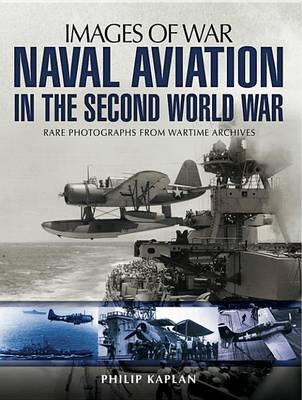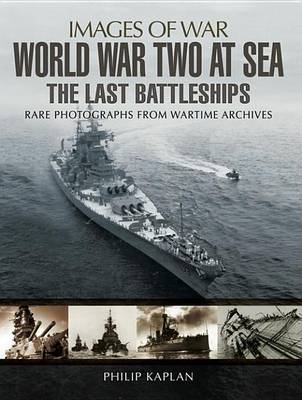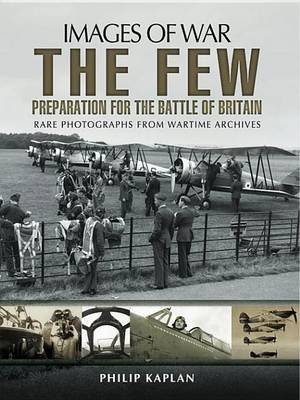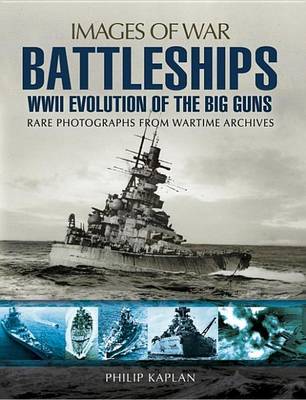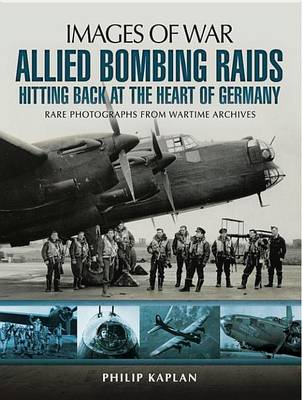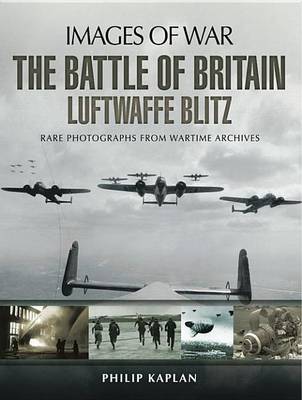Images of War
10 total works
Images of some of the most imposing merchant ships feature, accompanied by a lucid narrative describing the various roles enacted by the sailors on board and the wartime context in which they worked.
All these images serve to illustrate the times at hand, and the co-operative, resilient spirit of British pilots and civilians during this anticipatory period of uncertainty. Military enthusiasts and historians of the Second World War will be intrigued by the new insights opened up by these images. All are accompanied by Kaplan's illuminating prose, setting each image within context. A second volume will follow, focussing on the Battle itself, and The Few who achieved so much.
The book is completed with 'Fast and Last', a visit on board the four final examples of battleship technology and design, the last serving battleships USS Iowa, USS New Jersey, USS Wisconsin, and USS Missouri. Their Second World War careers are recounted, as are the qualities that made them special.
Combined Round the Clock Bombing Offensive: Attacking Nazi Germany
by Philip Kaplan
Allied Bombing Raids: Hittiing Back at the Heart of Germany
by Philip Kaplan

